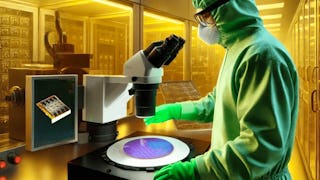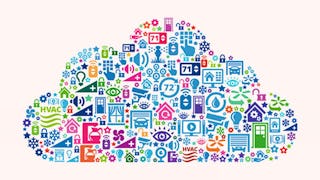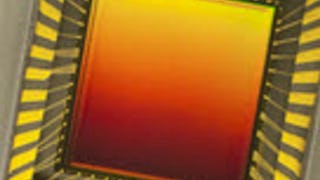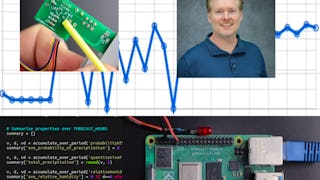This course on integrating sensors with your Raspberry Pi is course 3 of a Coursera Specialization and can be taken separately or as part of the specialization. Although some material and explanations from the prior two courses are used, this course largely assumes no prior experience with sensors or data processing other than ideas about your own projects and an interest in building projects with sensors.


Using Sensors With Your Raspberry Pi
本课程是 Raspberry Pi Projects 专项课程 的一部分

位教师:Drew Wilson
2,075 人已注册
包含在  中
中
您将获得的技能
要了解的详细信息

添加到您的领英档案
4 项作业
了解顶级公司的员工如何掌握热门技能

积累特定领域的专业知识
- 向行业专家学习新概念
- 获得对主题或工具的基础理解
- 通过实践项目培养工作相关技能
- 获得可共享的职业证书

该课程共有4个模块
This first module gets us all on the same page, no matter how much experience you have with sensors or measurement technology. We'll start by describing a straightforward sensor flow model to help us understand the myriad of sensors available in the world, and which you may later build. Then we'll move into the concepts of accuracy, precision, and uncertainty, which are necessary for understanding the inherent error in any measurement system. This module lays the groundwork for the circuits and examples in later modules.
涵盖的内容
8个视频1个作业
In this module, we'll look at examples of three common methods to store calibration data and apply that data to your sensor measurements. These examples range from simple to sophisticated, but none are complicated. We'll use Python and advanced open-source libraries to do the heavy math, just like you can implement in your Raspberry Pi projects.
涵盖的内容
10个视频1个作业
Once you have a sensor, and have a Raspberry Pi, there is often a need for circuitry in the middle to interface the two. In this module, we'll show how simple amplifier and filter circuits can be used to adapt voltage levels and reduce noise from your sensor data.
涵盖的内容
9个视频1个作业
The great thing about using a Raspberry Pi for your sensor projects is that you have access to great open-source software libraries and lots of processing power to manipulate your sensor data. This module looks at a few techniques for using statistical and digital signal processing methods to clean up your sensor data.
涵盖的内容
6个视频1个作业
获得职业证书
将此证书添加到您的 LinkedIn 个人资料、简历或履历中。在社交媒体和绩效考核中分享。
位教师

从 Electrical Engineering 浏览更多内容
 状态:免费试用
状态:免费试用Indian Institute of Science

University of California San Diego
 状态:免费试用
状态:免费试用University of California, Irvine
 状态:免费试用
状态:免费试用Johns Hopkins University
人们为什么选择 Coursera 来帮助自己实现职业发展




常见问题
To access the course materials, assignments and to earn a Certificate, you will need to purchase the Certificate experience when you enroll in a course. You can try a Free Trial instead, or apply for Financial Aid. The course may offer 'Full Course, No Certificate' instead. This option lets you see all course materials, submit required assessments, and get a final grade. This also means that you will not be able to purchase a Certificate experience.
When you enroll in the course, you get access to all of the courses in the Specialization, and you earn a certificate when you complete the work. Your electronic Certificate will be added to your Accomplishments page - from there, you can print your Certificate or add it to your LinkedIn profile.
Yes. In select learning programs, you can apply for financial aid or a scholarship if you can’t afford the enrollment fee. If fin aid or scholarship is available for your learning program selection, you’ll find a link to apply on the description page.
更多问题
提供助学金,



